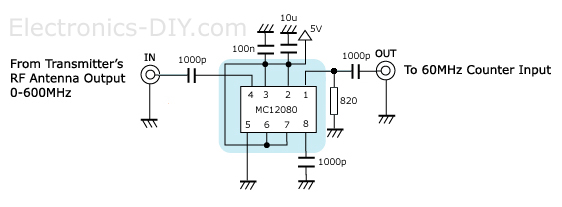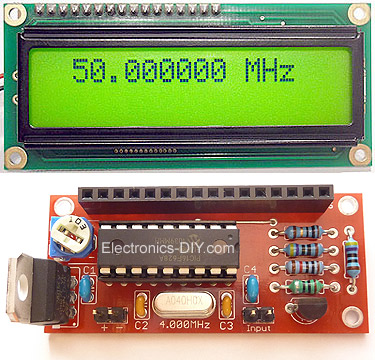I'm looking at building a PIC based frequency counter. I'll be using one of the 16F series PICs which have integrated timer/counters that are good to 50 MHz. I'd like to add an external 4-bit prescaler so that I can increase the upper frequency limit to 500 MHz. I've done a bit of checking around for suitable prescalers, but there seems to be a big gap in frequencies. 74AC logic seems to top out around 150 MHz, and then there's a jump into the GHz range when going to ECL prescalers (eg. MC12080, MC12093 etc.). Is anyone aware of anything that's good up to 500 MHz, preferably with normal logic level outputs?


